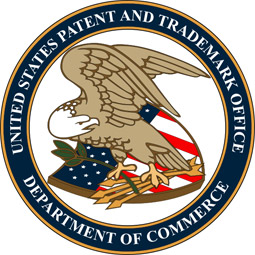Editor’s note: Leonid (“Lenny”) Kravets is a patent attorney at Panitch, Schwarze, Belisario and Nadel, LLP in Philadelphia, PA. Lenny focuses his practice on patent prosecution and intellectual property transactions in computer-related technology areas. He specializes in developing IP strategy for young technology companies and blogs on this topic at StartupsIP. Follow Lenny on Twitter: @lkravets and @startupsIP.
As software patent litigation ramped up over the past few years, software patents have come under the microscope within the technical community. Many investors and technologists believe that software patents should be abolished all together, while others take the less extreme position that many software patents are obvious over known prior art (“prior art” being earlier publications that show a patent is obvious or not new). Courts are increasingly cognizant of these criticisms.
Though it is unlikely that software patents are going away any time soon, as the recent summary judgment in eBay v PartsRiver (PartsRiver is now known as Kelora) demonstrates, courts are beginning to do a more thorough job of applying the obviousness standard to software patents.
Kelora claims to have the patent on faceted (parametric) search. The company is a hybrid between a practicing entity and a “patent troll” in that Kelora offers a search product, but has aggressively pursued a licensing and litigation strategy against a wide range of large and small Internet retailers. Though Kelora has not received as much attention from the press as some non-practicing entities such as Lodsys, the Kelora patents have posed a significant threat to the Internet retailing infrastructure. In Kelora’s largest lawsuit, defendants include Internet giants such as Microsoft, EBay, Target, Amazon and NewEgg.
While the named defendants have chosen to fight Kelora, over the past few years, many others have taken licenses under the Kelora patents. Other smaller targets have decided to turn off their parametric search features to avoid being accused of infringement by Kelora. Many targets of Kelora’s patents believe the patents to be invalid over prior art that goes back to as early as the 1960s.
Over the past few years, the Kelora defendants have mounted a significant effort to invalidate the Kelora patents, which were filed in the early 1990s. First, the patents were re-examined by the United States Patent and Trademark Office (USPTO) over newly found prior art, but Kelora overcame the new rejections by amending the claims to perform the parametric search through a resubmission to a server. When the lawsuit was allowed to continue with the amended claims, the defendants argued that the resubmission component was obvious over the known prior art because client/server architecture was well-known by the early 1990s.
On May 21st, the court granted the defendants’ motion for summary judgment. The court agreed with the defendants’ position that a server resubmission was obvious in view of other client/server systems of that time. The inventors of the Kelora patent, who still own a stake in the company, argued that when they came up with their parametric search invention in the early 1990s, they did not know of the client/“web” server infrastructure. However, in granting the motion, the judge found that such client/server systems were well-known, and it did not matter that the inventors themselves did not know of such a system.
While Kelora will almost certainly appeal this decision to the Federal Circuit, this result is promising for opponents of software patents. The summary judgment shows that courts are becoming increasingly sophisticated in interpreting the claims of software patents, and in applying prior art under the obviousness standard. While the Kelora defendants already expended significant resources in this case, finding that the patents are obvious at the summary judgment stage of the case saved the defendants the significant cost of a full trial.
Courts (and the USPTO) doing a better job of applying prior art to the claims of software patents is the best news possible for those who hope for a more economical way of dealing with software patents within the current legal system.
